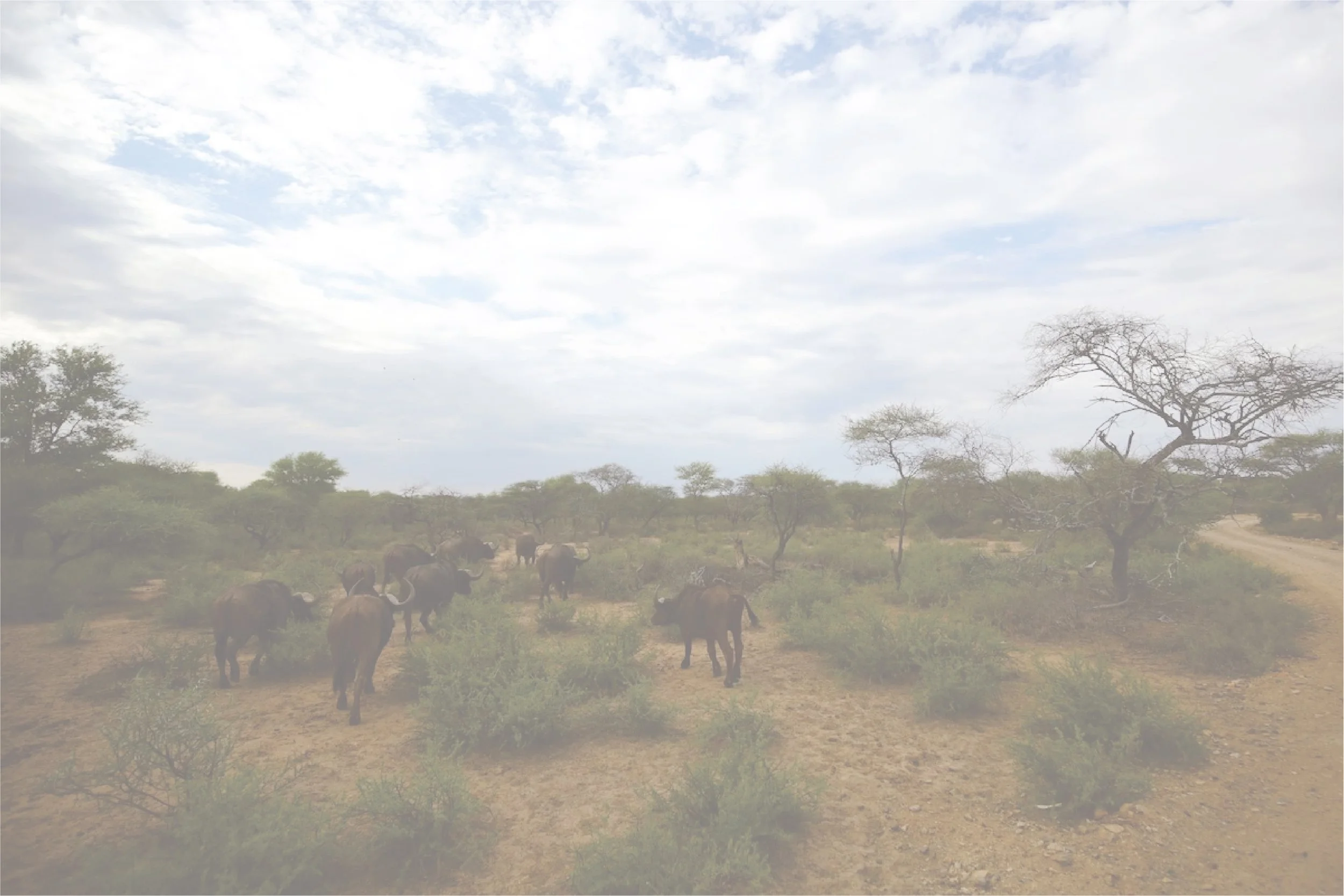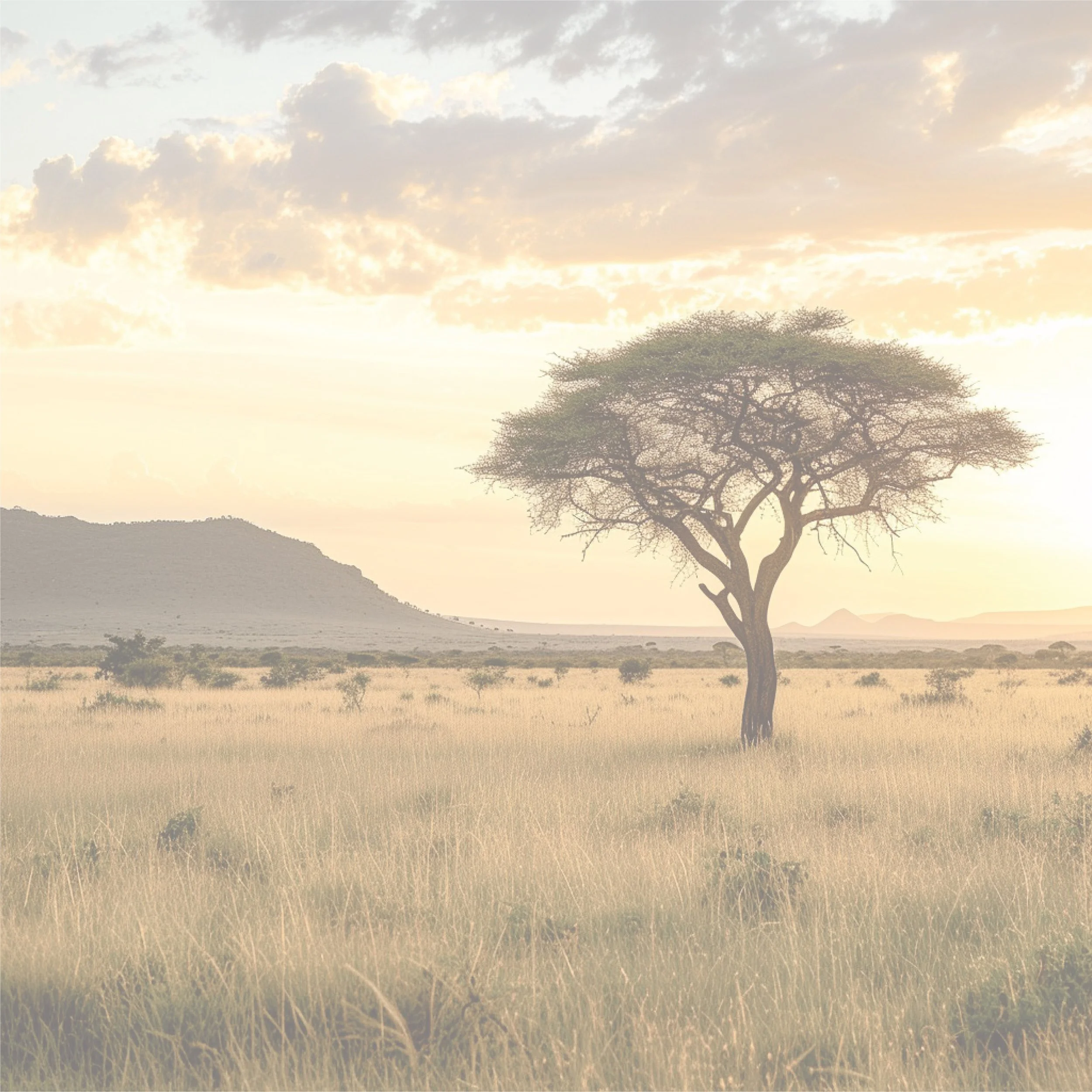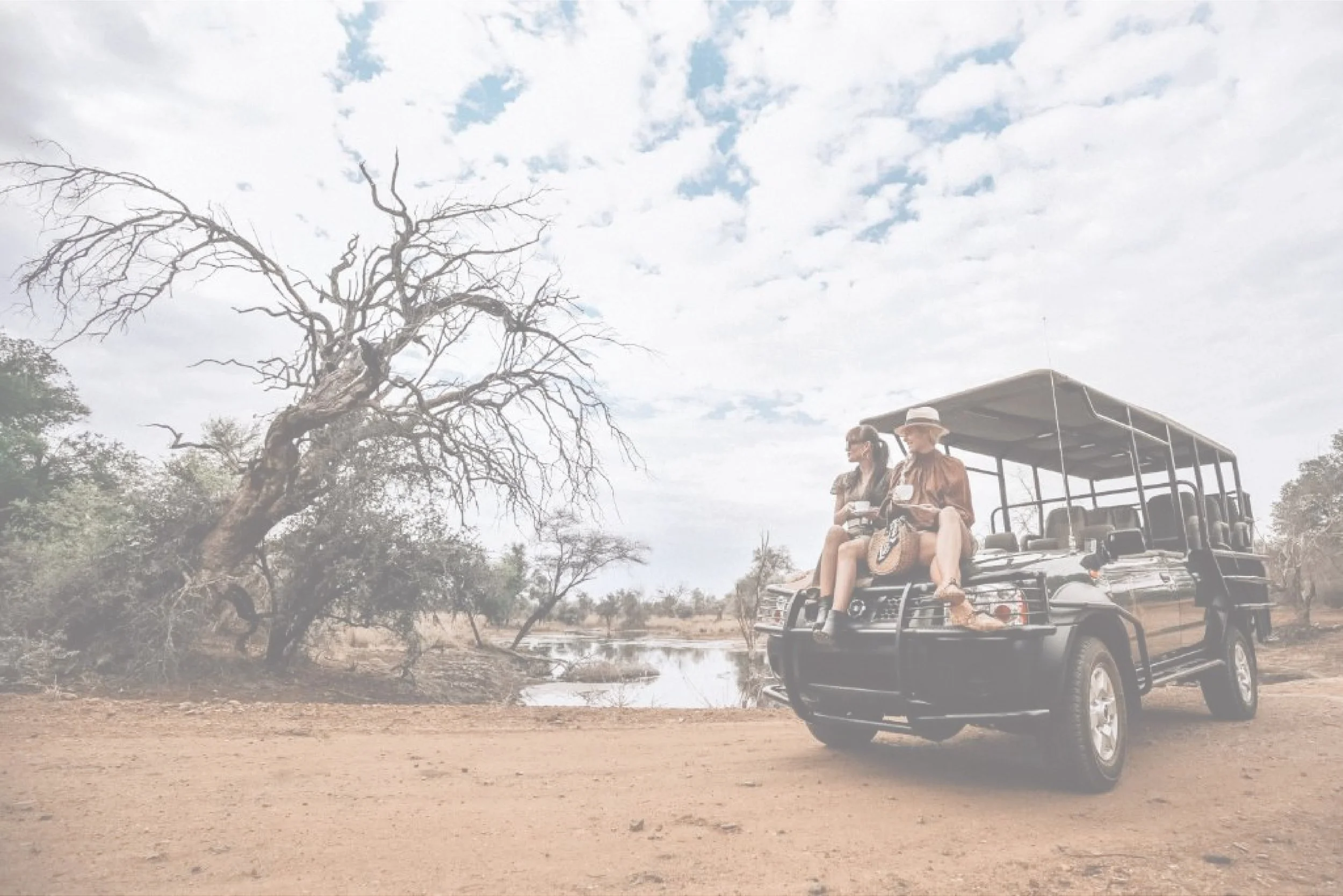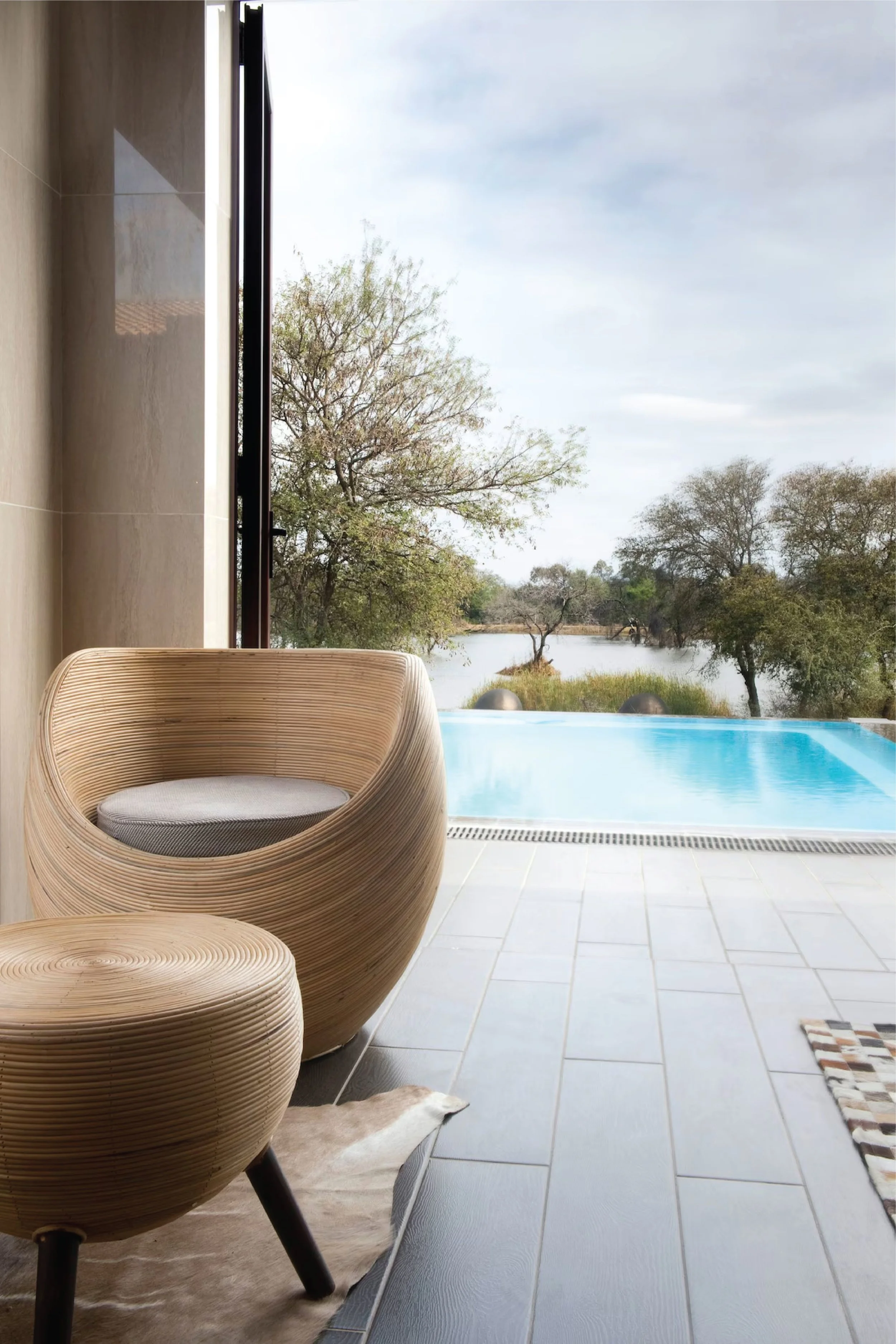
“Conservation is the state of
harmony between men & land.”
Aldo Leopold
Our Strategies.
Carbon Capture & Storage
Another core objective that is fundamental to Lessis Nature Reserves is the preservation & regeneration of its large carbon stock deposits & carbon capturing properties present in the savanna & wetland biomes. Historical degradation by over-browsing (cattle in particular) of savanna & woodland vegetation has caused a significant reduction in overall biomass and therefore reducing ecosystem carbon stocks overtime.
Through preventative measures used to mitigate this reduction in carbon stocks, Lessis Nature Reserves implemented a project through VCS (Voluntary Carbon Standard). This project identified degraded areas within the reserves that showed signs of soil erosion and loss in biomass (above and below ground). It is due to this degradation that results in a concomitant loss of carbon, which can be recovered through a process of active restoration and regeneration.
-
The proposed project fell within the category of Agriculture, Forestry and Other Land Uses (AFOLU), sub-category Afforestation, Reforestation & Revegetation which would restore identified severely degraded woodland and savanna areas.
Restoration was achieved by planting cuttings of indigenous woodland & savanna veld in project areas, 1.5m-2m apart. This restoration aspect of this project is expected to continue for 7 years (2030) until the degraded areas have been restored. It is expected that the entirety of this project will be valid for a total of 56 years and will be credible up until 2070.
-
The benefits of this project are significant and include:
Reduce overall atmospheric carbon & restore ecosystem carbon stocks (soil; above & below ground biomass)
Increasing biodiversity- particularly in shrub and tree diversity, and in wild game through increased browsing potential of the project area
Reducing soil erosion and improving stabilization of slopes through the planting of woodland cuttings
Improving the functioning of the project area as a water catchment to supply high quality to downstream dams
Creating skilled and unskilled employment opportunities for local communities to participate in planting of woodland cuttings
Contributing to local building, environmental education, awareness & knowledge transfer
-
The proposed project will sequester approximately 2.4 million tonnes of carbon dioxide equivalent (CO2e) over a period of 56 years at an average rate of over 44 000 tonnes of CO2e per year. To date, current figures show 35 579,76 tonnes of carbon dioxide per year for the next 7 years during the reforestation & restoration process (2030), after such time the values are set to increase on a yearly basis
Conservation & Restoration
Lessis Nature Reserves forms part of a collaborative strategy undertaken by the BB Group in a collective effort to assist in the conservation & preservation of South Africa’s diverse ecosystems & species. Lessis Nature Reserves has a combined coverage of 19 972.85 Hectares (Ha) of privately owned farms located in the Greater Limpopo Province of South Africa. All internal fences, perimeters, security efforts and border patrols serve as part of the massive conservation effort for a self-sustaining private nature reserve project covering 25 private eco-properties.
-
Although not collectively clustered together and landlocked in one zone, Lessis Nature Reserves has been categorized into 5 separate zones which each provide a quintessential role in overall conservation efforts. Whilst being separated into 5 zones, each reserve is governed by a unified, comprehensive management plan
Palala:
Forms part of the tourism hub for LNR (Lessis Nature Reserves) and houses Palala Boutique Game Lodge which is a world renowned, 5 star private game lodge known for its immersive wildlife experiences.
Adelaide:
Is the breeding & biodiversity hub for Lessis Nature Reserves and is dedicated to ranger training, conservation efforts and predator restocking operations.
Zeekoi:
Is a safe haven & species rehabilitation hub for LNR (Lessis Nature Reserves)
Tholo:
Is a safe haven & restocking hub for Lessis Nature Reserves and is solely dedicated towards buffalo & rhino species.
Nare:
Is the safe haven & species rehabilitation hub for Lessis Nature Reserves and is primarily dedicated to rhino; lion & buffalo conservation efforts
-
Biodiversity richness is one of South Africa's greatest assets, in terms of landscapes, ecosystem and species. In terms of the number of endemic species of mammals, birds, reptiles & amphibians found in South Africa, the country is ranked 5th in Africa and 24th worldwide.
Lessis Nature Reserves combined animal count boasts over 40 species of game including Sable Antelope, Nyala, Oryx, Eland, Giraffe, Buffalo, Rhino and Lion. It is known that the reserves also have over 300 species of resident and migrant birds such as the endangered, Lappet Faced Vulture.
This success in conservation efforts specifically for rhinos has resulted in a stable increase in rhino numbers and reduced overall poaching incidents amongst the reserves. Due to this, Lessis Nature Reserves are now able to boast that it holds the highest concentration of rhinos per square kilometre in Africa.
-
Lessis Nature Reserves recognises that in order to further grow conservation efforts it is imperative to create awareness , understanding and appreciation of the regions unique cultural heritage, biodiversity and ecological function, and their significance. This is achieved through strong focus given to neighbouring communities to actively engage, inform and benefit them. Wherever possible, local community members should be trained to assist and operate environmental interpretation and educational tours.
Environmental Management
As part of an ongoing process to aid conservation efforts, environmental management measures are important to the overall success of the project. Lessis Nature Reserves recognises that in order for ecosystems and protected areas to flourish, human intervention is required to manage and control external factors (e.g. Poaching; Animal Population & Invasive Species Control) and manipulation of naturally occurring processes (e.g. creation of firebreaks; restoration in degraded areas) is necessary.
Although interventions should be minimized, in circumstances that avoidance cannot be achieved the disturbances must be mitigated and ameliorated in compliance with LEDET (Limpopo Department of Economic Development, Environment & Tourism) conservation policies, norms and standards.
-
Lessis Nature Reserves recognises that environmental monitoring is a joint effort amongst local stakeholders and its management entities. It has identified key elements that require extensive monitoring which include:
Poaching & Law Enforcement- Regular patrols and ongoing surveillance (Fence Maintenance; Recovery of Snares; Poaching incidents to be documented and reported).
Animal Population Control- Is necessary in regulating and recording population numbers to ensure that overgrazing and ecological degradation is mitigated.
Vegetation Control & Restoration- Constant monitoring of vegetation quality and numbers within various vegetation types will coherently assist in identifying ecological degradation & overpopulation of herbivores.
Fire Management- Fire plays an essential element in the maintenance of plant diversity and enhances game production & viewing. It is necessary to avoid the build-up of high fuel loads especially given the climate of Limpopo is mostly hot and dry which could pose a potential security risk to the entire reserves as well as its surrounding communities.
Tourism & Hospitality
An important objective set out as part of Lessis Nature Reserves is to promote experiential opportunities and products for visitors to appreciate and value what these reserves have to offer. In doing so it would also provide an avenue to allow for environmental awareness and education.
Whilst the primary mandate is still conservation of biodiversity in the region, it also recognises that responsible tourism offers the best viable opportunity to supplement much needed funding for overall operational costs and services.
-
The Palala Boutique Game Lodge & Spa has become a pivotal, 5 star landmark for tourism in South Africa. Renowned for its luxurious accommodation, it attracts visitors from across the world to experience and admire the pristine beauty of South Africa’s wildlife & landscapes. Encapsulated within a private nature reserve in Limpopo, it provides public access to a glimpse of the magnificent Limpopo wilderness, generates revenue, create jobs and raises conservation awareness.









